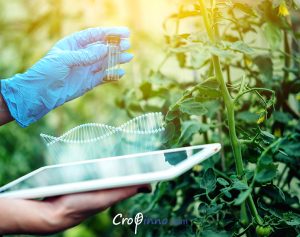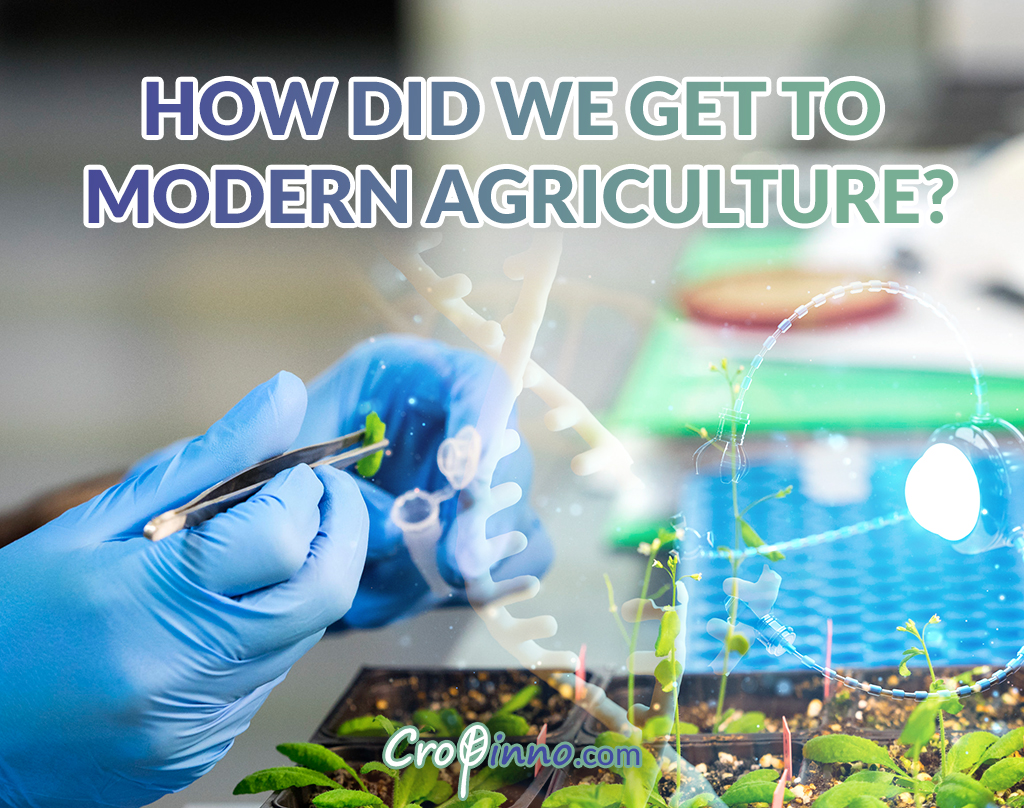What is now known as modern agriculture was extraordinarily effective in supplying the world’s expanding population with food throughout the second part of the twentieth century. Primary crop yields, such as those of rice and wheat, grew considerably, food prices dropped, crop yield increases typically kept up with population expansion, and the segment of the population who frequently went without food was marginally decreased. The development of new crop types, the production & use of pesticides and fertilizers, and the creation of extensive irrigation systems are just a few of the technological advancements and scientific discoveries that have contributed to this increase in food production.
The “best yield” and “maximum profit” are the two associated objectives that have guided the development of modern agricultural systems. However, nowadays more sustainable approaches to agriculture like data-driven precision agriculture are getting more attention because of their positive environmental & social outcomes, rather than only making a higher profit. All in all, six basic practices — intensive tillage, monoculture, use of synthetic fertilizer, modern irrigation systems, chemical pest control, and genetic modification of crop plants — have come to constitute the core of production in the pursuit of mentioned objectives. Each practice is utilized because it adds to production on its own, but when they are all used together in a farming system, each one depends on the others and makes the other practices even more necessary. The development of these approaches in modern agriculture has been greatly aided by the efforts of agronomists, as experts in agricultural productivity.
Intensive Tillage
In most modern agriculture systems, the land is plowed thoroughly and regularly, using a wide range of tractors and farm equipment. The soil is softened, the water drains better, roots grow faster and planting seeds will be a lot easier. Intensive tillage can also help to remove weeds and leave dead plant matter as organic booster for the soil.
Monoculture
A monoculture is when just one type of crop is planted in a particular field. Monoculture makes it easier to cultivate, sow seed, control weeds, and harvest, as well as making it feasible to expand the size of a farm operation and improve aspects of profitability and cost. At the same time, monoculture provides the ideal conditions to use the other five basic practices of modern agriculture.

Synthetic Fertilizers
The use of synthetic chemical fertilizers results in quite notable production gains. Fertilizer usage has expanded from five to ten times what it was at the end of World War II because of its pretty convenient production or mining, transportation, and application. Fertilizer may give crops with easily available and consistent levels of key plant nutrients, whether it is applied in liquid or granular form.
Modern Irrigation Methods
Irrigation has significantly increased the food supply by providing water to crops during dry weather or in regions where natural rainfall is insufficient to support the majority of crops. Farmland availability has grown and yields have improved as a result of drawing water from underground wells, building reservoirs and distribution canals. The effectiveness of applying water has also been significantly increased thanks to modern agriculture equipment like modern sprinklers, pumps, and drip systems.
Chemical Pest Control
In contemporary agriculture’s vast monoculture fields, pests are defined as things like insects that consume plants, weeds that hinder crop growth, and illnesses that either kill or severely affect the growth of plants and animals. Synthetic chemicals have offered an efficient, comparatively simple method to give such control when utilized appropriately. Pest outbreaks can be promptly controlled with chemical sprays.
Genetic Manipulation of Plants
For thousands of years, farmers have selected agricultural plants and animals based on unique features. However, contemporary agriculture has benefited from various more recent crop breeding approaches. One of the most important tactics has been the creation of hybrid seed, which combines two or more strains of a crop to generate a more prolific progeny. Genetic engineering has begun to create molecular tools for selectively transferring genetic information from one creature to another, frequently from different animals, with the purpose of capitalizing on certain valuable features.

But there are also drawbacks to modern agriculture. A result of excessive tillage could be soil deterioration, loss of organic matter, water and wind erosion effect on soil, and soil compaction. Large monocultures are particularly more vulnerable to destructive pest outbreaks, which frequently happen when pests come into contact with a broad, uniform region of a single crop species and therefore, there will be a greater demand (and need) for frequent and excessive application of chemical sprays. Chemical fertilizers may seep out of the soil into near streams and lakes or even deeper into subsurface water sources when applied excessively. Chemical weed and pest management can become a necessity for farmers. Biological pest management requires the use of natural control agents, which modern agricultural systems lack, so more sprays must be used because pests quickly develop their resistance. More than the chemical damage of the environment caused by sprays and fertilizers, people are also concerned about the possibility of food supply contamination by these chemicals. Modern agriculture also consumes so much water, with consequences like overuse, depletion, saltwater pollution, salt accumulation in the soil, fertilizer leaching, and soil erosion. Urban, industrial, and wildlife consumers as well as agricultural users of water compete with one another. Hybrid seed has significantly increased the reliance on synthetic and non-renewable inputs required to sustain high yield, as well as the loss of genetic diversity and danger of catastrophic crop failure.
Farming systems will need to be seen as agricultural ecosystems in the future in order to benefit from new technology and techniques. Ecologically based alternatives can be created that safeguard the wellbeing of the soil, air, and water on farms and surrounding areas, reduce the financial costs of production, and support thriving farming communities around the world by monitoring both the positive and negative effects of modern farming practices. A few strategies for guaranteeing the sustainability of present-day farms and also helping the environment include organic farming, conservation tillage, variable-rate fertilizer application using accurate data from satellites (precision agriculture), and the application of suitable genetic approaches that improve local adaptability and variety performance.

